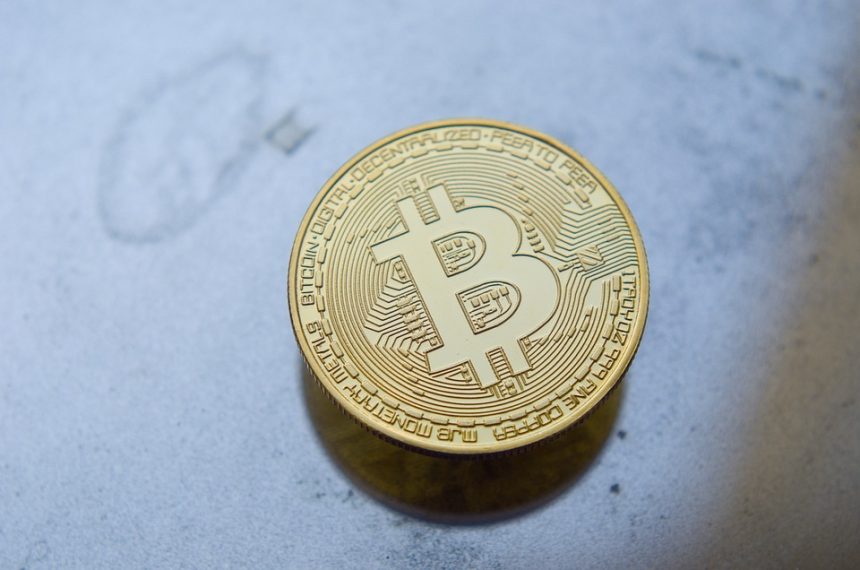The Rise of Decentralized Exchanges: Why DeFi Protocols are Here to Stay
Introduction
The financial landscape is undergoing a seismic shift, largely propelled by the emergence of Decentralized Finance (DeFi). As traditional financial systems grapple with inefficiencies, high fees, and limited access, decentralized exchanges (DEXs) have emerged as alternatives that promise transparency, security, and inclusivity. Unlike their centralized counterparts, DEXs empower users to retain control over their assets while participating in an open and permissionless financial ecosystem. This article explores the rise of decentralized exchanges, their advantages, challenges they face, and why they are here to stay.
The Emergence of Decentralized Exchanges
The advent of blockchain technology has revolutionized the way value is exchanged. Bitcoin, introduced in 2009, laid the groundwork for decentralized finance, but it wasn’t until the launch of Ethereum in 2015 that programmable smart contracts made DeFi feasible. Concepts like automated market makers (AMMs), liquidity pools, and yield farming gained traction with protocols such as Uniswap, SushiSwap, and Curve Finance.
DEXs enable users to trade directly from their wallets without intermediaries, reducing potential points of failure and making trading more democratic. The rise of DEXs can be traced to several key factors:
-
Investor Demand for Control: Many users are wary of centralized exchanges due to concerns about hacking, mismanagement, and regulatory issues. DEXs provide an attractive alternative as they allow users to retain ownership of their private keys and, by extension, their assets.
-
Access and Inclusivity: Traditional finance can be restrictive; many individuals lack access to banking services or financial products. DEXs operate 24/7, enabling anyone with an internet connection to participate in the financial market, regardless of geographical location.
- Lower Costs: Traditional trading often incurs significant fees for transactions, custody, and maintenance. In contrast, DEXs typically have lower fees since they remove intermediaries and streamline operations.
Advantages of Decentralized Exchanges
Decentralized exchanges present several advantages that are instrumental in their growing adoption:
-
Security and Privacy: With DEXs, users are not required to deposit funds into a centralized wallet, reducing vulnerability to hacks. Transactions occur on an individual basis, enhancing privacy and anonymity.
-
Transparency: All transactions on a blockchain are recorded on a public ledger, which means that users can verify the exchange’s activities independently. This transparency fosters trust among users.
-
Censorship Resistance: DEXs operate on decentralized networks, making them less susceptible to censorship and operational shutdowns. Users can trade freely without governmental or institutional interference.
- Innovation and Flexibility: The DeFi space is characterized by rapid technological advancements. This has led to new products and services within DEXs, such as liquidity mining and cross-chain swaps.
Challenges Ahead
Despite their advantages, DEXs face a range of challenges that could affect their long-term viability:
-
User Experience: Many DEX interfaces can be daunting for newcomers. Complicated processes, slow transaction speeds during peak times, and a lack of clear user guidance can create barriers to entry.
-
Regulatory Uncertainty: Governments worldwide are still figuring out how to regulate crypto markets, including DEXs. Regulatory actions could impose restrictions that may stifle innovation or limit usage.
-
Smart Contract Vulnerabilities: While smart contracts are pivotal to DEXs’ functionality, they can contain bugs and vulnerabilities. Rodent attacks or exploits can lead to significant losses, undermining trust in these platforms.
- Market Fragmentation: The proliferation of DEXs has led to fragmentation, which may hinder liquidity. Pairs traded on different exchanges can lead to inefficiencies in price discovery.
The Future of Decentralized Exchanges
Despite the challenges, the underlying principles of decentralization and empowerment resonate strongly with an increasingly discerning investor base. As the DeFi ecosystem matures, several trends suggest that DEXs are poised to thrive:
-
Integration of Layer 2 Solutions: Protocols like Polygon and Optimism will facilitate faster transactions and lower fees, enhancing the user experience on DEXs.
-
Education and Awareness: As more educational resources become available, more users will learn how to interact safely with DEXs and manage their assets.
-
Institutional Interest: With increased demand from institutional players, DEXs may evolve to accommodate larger players, offering sophisticated trading tools while maintaining decentralization principles.
- Interoperability: Efforts to establish interoperability between various blockchain networks will enhance liquidity and efficiency in decentralized trading, moving closer to a unified DeFi experience.
Conclusion
The rise of decentralized exchanges represents a pivotal moment in the evolution of financial markets. While they face challenges, their inherent advantages—security, privacy, and inclusivity—position them as vital components of the future financial landscape. As regulatory frameworks solidify and technological enhancements emerge, DEXs are likely to become increasingly integrated into the global financial system. The ethos of decentralization is not just a fleeting trend; it embodies a fundamental shift toward a more equitable financial future. As we advance, decentralized exchanges are here to stay, bringing us one step closer to democratizing finance for all.





